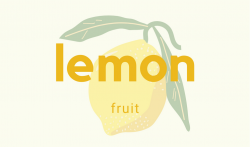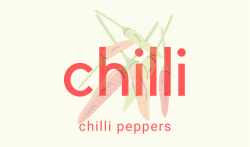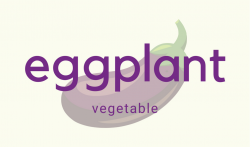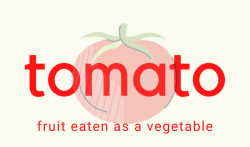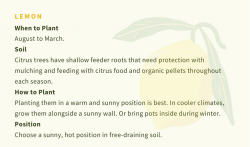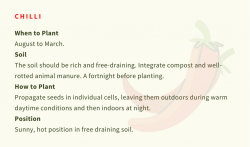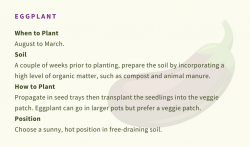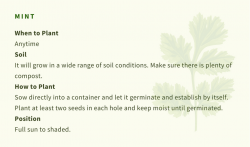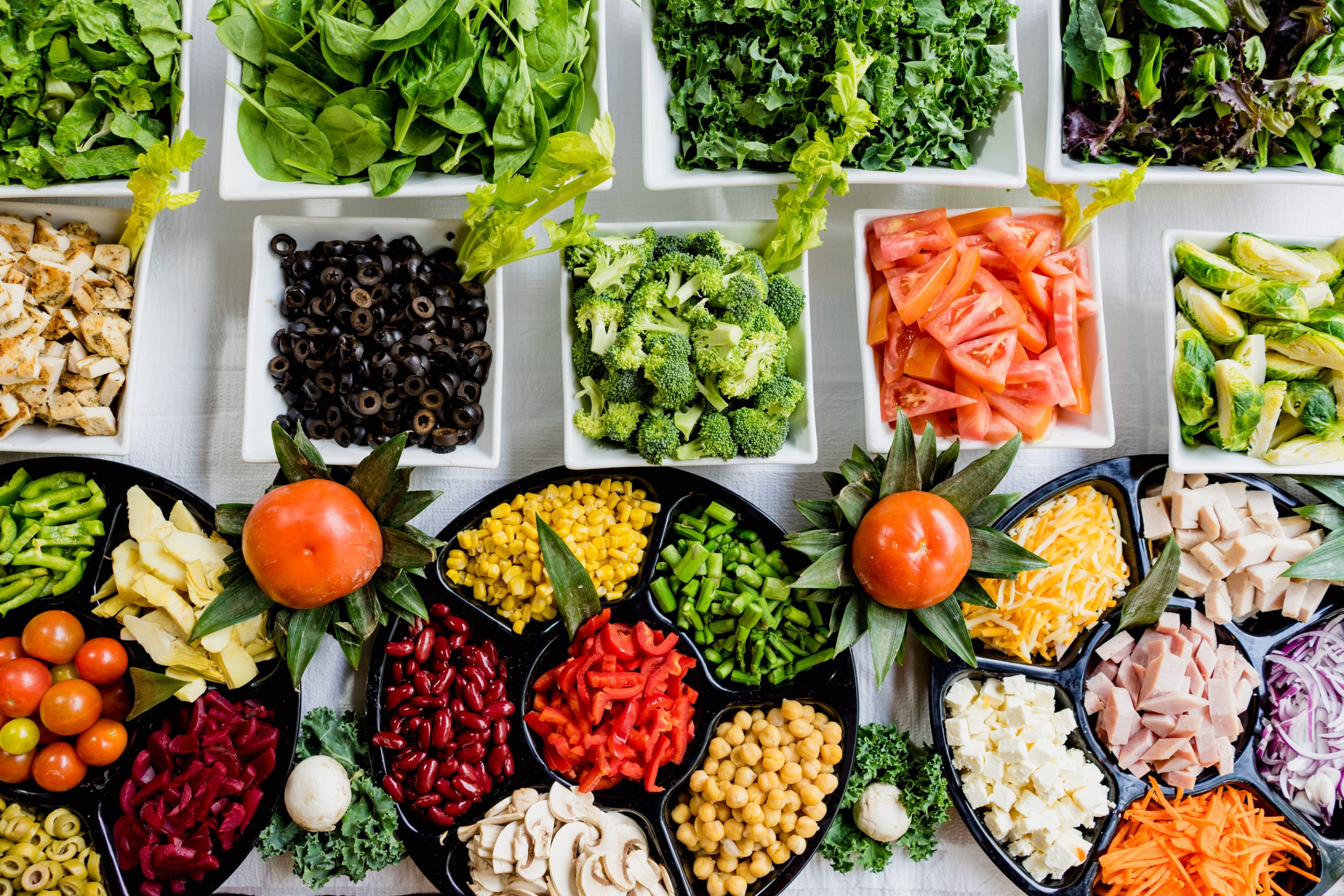
Beginner’s Guide to Eating and Drinking Sustainably
There is one thing in this world that brings almost all of us together – food. After air and water, food is the third most important thing for living beings to grow and develop. Food provides us with the necessary nutrients for energy, promotes our physical and mental health, and prevents disease. Without it, our bodies would stop working. Yet despite its necessity, it is so much more than a nutritional need. Food is about discovering, inventing, preparing, and creating. It is a symbol of our humanity and connects us to our friends, families, and cultures.
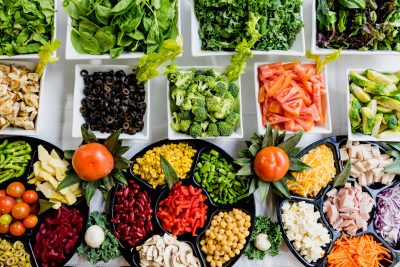
Photo by Dan Gold on Unsplash
In an effort to support the UN’s second Sustainable Development Goal to ‘end hunger, achieve food security and improved nutrition and promote sustainable agriculture,’ this guide will focus on the various ways we can enjoy food in a sustainable way. By looking through the lens of friends and family, I hope to shine a spotlight on the benefits of food sustainability. From growing food to cooking it, these stories are all helping me to become a more sustainable consumer.
Option One: Starting a Vegetable Garden
Currently, 25-30 percent of all greenhouse gases produced are the result of agricultural production (NSG, 2005). With South-East Queensland’s summer rolling in, this is the perfect time to start your own vegetable (and fruit and herbs) garden that will thrive in the heat and humidity. Having a produce garden is a great way to minimise your impact on the planet and reduce the energy used to put food on your plate. It is a practical, viable alternative to these mass agricultural food businesses and also absorbs more carbon from the atmosphere into your own backyard!
When I was younger I used to spend every afternoon with my friends plucking mulberries from the bushes in my yard and picking mangoes from the trees along the footpath. When I eat these same fruits a decade later I can easily reminisce on those happy times. Certainly, these experiences have fostered a personal interest in the way that food can bring people together.
At home, my dad and I have a small vegetable garden growing two types of chili’s, chives, basil, parsley, and mint. We are hoping to add basil and coriander soon! Eating fresh food grown in nutrient-rich soil will allow you to consume more enzymes, minerals, and vitamins and save money after the initial costs of setup are recouped. Your wastage will be significantly reduced and you’ll also reap the physical and mental benefits of gardening outside. My dad likes to use his herbs as garnishes in meals and often adds chillies to spicy dishes and Asian stir-fries.
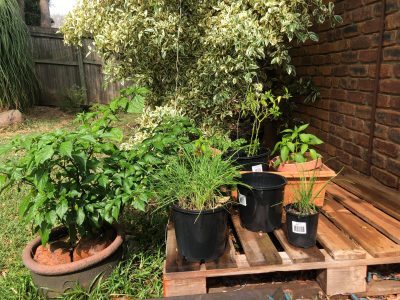
The vegetable garden in our backyard.
For those of you living in a small space like an apartment or a townhouse, you can still grow and harvest your own produce. All you need is fresh air and a sunny location (around five hours’ direct sunlight per day). Containers like green wall pot setups, trough stands, hanging baskets, balcony planter holders, and pots and planter troughs are fantastic space savers if you’re wanting to utilise a small area. These small pots or containers can be placed on a path, balcony, or stairway.
The following cards are a starter guide I have made for some vegetables, herbs, and fruit to grow with summer on its way.
Option Two: Making Fresh Juices
Another way in which you can consume more sustainably is by making your own juices at home. Around one-third of all food produced for human consumption around the world goes to waste and the fruit processing industry is one of the largest waste and byproducts producers in the world (WWF, 2021). My best friend, Daniela, makes freshly squeezed juices by using the fruit and vegetables that are about to go bad in her fridge. This reduces food wastage and is an amazing alternative to purchasing plastic juices. There’s honestly nothing better than enjoying a healthy, freshly-made juice by the pool with one of your friends. I would highly recommend and here are some potential recipes if you are interested in juicing at home:
| Orange Juice | Red Juice | Green Juice | Orange/Green Juice |
|
· Orange · Lemon · Ginger · Turmeric |
· Beetroot
· Green Apple · Lemon · Ginger · Carrot |
· Kale
· Spinach · Cucumber · Ginger · Green Apple |
· Carrot · Spinach · Kale · Cucumber · Lemon · Ginger |

Some of Daniela’s freshly squeezed juices.
Option Three: Purchasing Ethically Made Food and Drink Items
Another way that you can increase sustainability in the food department is by drinking organic loose-leaf tea. An average tea drinker will fill 13sqm per year in landfill with used tea bags (Tea Shop, 2021). Maddie has been buying her loose-leaf tea from T2, an Australian-owned brand that is on track to achieve 100% recyclable, reusable or compostable packaging by 2021 (Lim, 2021). For something cold, Maddie brews the ‘Verry Berry’ tea in boiling water, popping it in the fridge overnight to cool down. She enjoys it with fresh berries and fruit, sometimes adding a small sprig of mint. For something hot Maddie recommends, ‘Green Rose,’ ‘Black Rose’ and ‘Go Go Goa.’
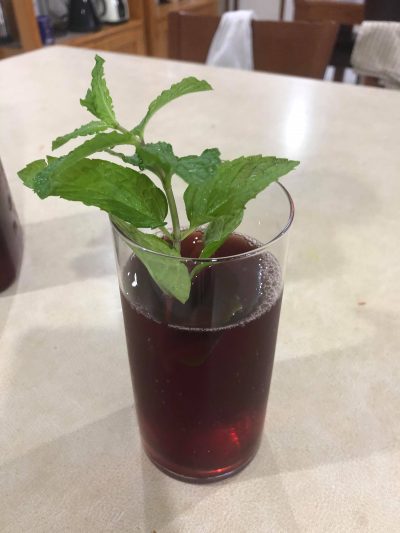
‘Very Berry’ Juice with a Sprig of Mint!
Option Four: Trying Something New
Recently, I have been trying to make my own sourdough at home. Sourdough is the most environmentally sustainable bread with the highest nutritional value (and in my opinion, the most delicious). I used to enjoy it all the time in its plastic packaging but in an effort to be more sustainable and try something new I thought I’d give making it a go. I’ve been using organic flour to bake my loaves. This flour is stored in paper packaging and the only other thing ingredients I need are salt, water, and some sourdough starter. The process has not been the easiest but I’m looking forward to keeping working at it. I know the eventual win will be even more rewarding.

Homemade Sourdough. Not quite perfect but I am working on it!
Though food sustainability definitely has its challenges, it is not without its benefits. To practice food sustainability, you do not have to give up your enjoyment of food. If we did not have a strong drive to eat, we would not have survived as a species. I would encourage everyone who has read this guide to pick even one small change and give it a crack. Whether it be growing your small own basil plant on your balcony to switching from teabags to loose-leaf tea, you will never regret doing something small to help our planet. It does not have to be a big change to be meaningful.
Additional Resources:
Growing food in small spaces:
https://pallensmith.com/2017/06/15/7-ways-grow-food-small-spaces/
https://heybryan.com/11-tips-for-growing-vegetables-in-a-small-space-garden/
Sourdough Recipe:
https://www.youtube.com/watch?v=57bh4PlsEvk
Reference List:
Lim, G. (2020). Sustainabili-tea: Unilever’s T2 Tea to achieve 100% sustainable packaging in Australia by 2021. William Reed Business Media. https://www.foodnavigator-asia.com/Article/2020/05/21/Sustainabili-tea-Unilever-s-T2-Tea-to-achieve-100-sustainable-packaging-in-Australia-by-2021
Live for Less. (2021). Grow Food and Save Money. Brisbane City Council. https://www.liveforless.com.au/grow-food-save-money/
Stewart, E. (2019). Growing your own food at home can be rewarding, but is it cost-effective? ABC News. https://www.abc.net.au/news/2019-12-27/gardening-growing-food-vegetables-backyard-personal-finance/11811980
The Natural Strategies Group. (2021). Sustainable Living Guide. https://www.sustainablelivingguide.com.au

